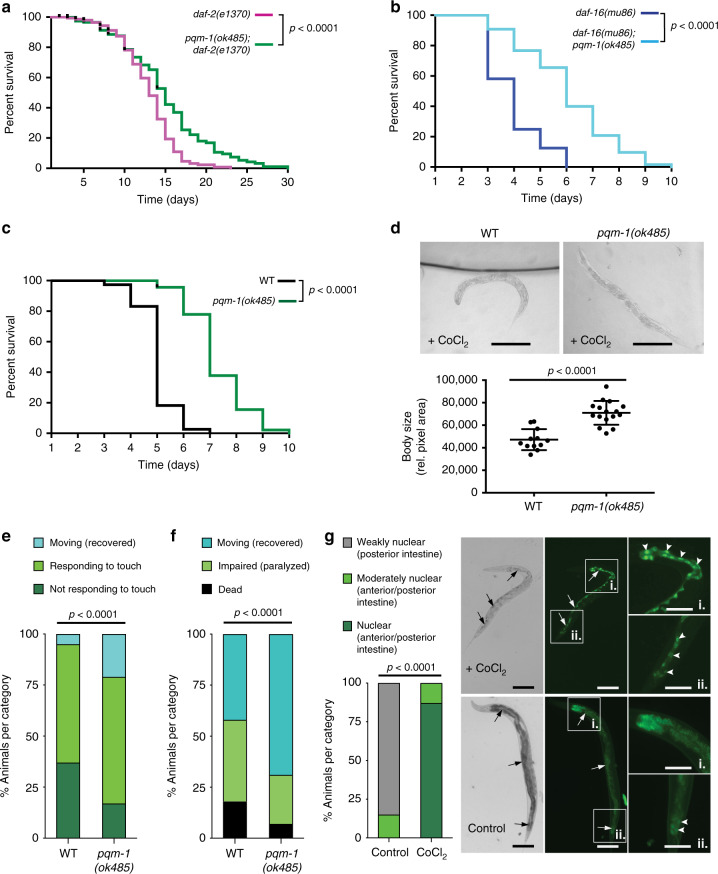Fig. 1. Loss of pqm-1 increases survival and recovery under hypoxic conditions.
a–c Survival analysis of animals exposed to 5 mM CoCl2 at the L4 larval stage. a daf-2(e1370) (n = 130), pqm-1(ok485);daf-2(e1370) (n = 99). b daf-16(mu86) (n = 51), daf-16(mu86);pqm-1(ok485) (n = 63). c WT (N2) (n = 70), pqm-1(ok485) (n = 45). Log-rank analysis (two-sided) (a–c). Three (a, b) and four (c) independent experiments were performed. d Shrinking of worms exposed to 5 mM CoCl2 at the L4 larval stage for 3 days and quantification of body size. Two-tailed t-test, mean ± SD, WT (N2) (n = 12), pqm-1(ok485) (n = 16); scale bars: 200 µm. Three independent experiments were performed. e Measurement of touch response of animals after exposure to <0.3% O2 in a hypoxic chamber for 16 h at 26 °C followed by an 8 h recovery period; WT (N2) (n = 156), pqm-1(ok485) (n = 196). f Survival analysis of animals after exposure to <0.3% O2 in a hypoxic chamber for 16 h at 26 °C followed by a one-day recovery period; WT (N2) (n = 137), pqm-1(ok485) (n = 162). e, f Chi-square analysis was performed, three independent experiments. g Nuclear localization analysis of a PQM-1::GFP fusion protein expressed in the intestine of worms exposed to 5 mM CoCl2 at the late L4 larval stage for 20 h until worms reach the adulthood stage. Arrows point to intestine; arrowheads point to intestinal nuclei in insets. Insets display anterior (i.) and posterior (ii.) intestinal regions. Representative images for the category “nuclear in anterior and posterior intestine” are displayed (CoCl2 condition, top). The category “weakly nuclear in posterior intestine” is represented by the control condition (bottom); scale bars: 100 µm, in insets: 50 µm. Chi-square analysis was performed; control condition (n = 54), CoCl2 condition (n = 30); three independent experiments.

